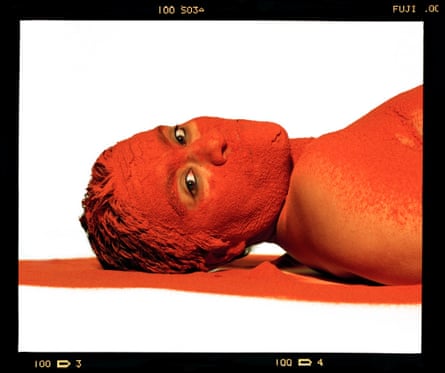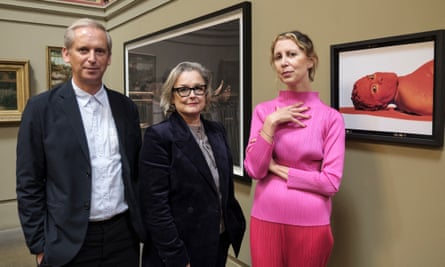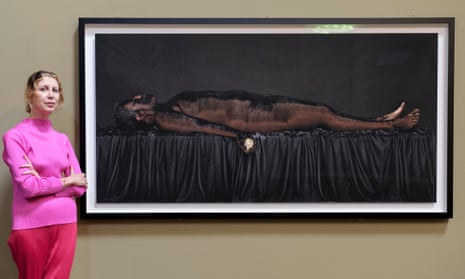An art gallery has unveiled two new works in an attempt to address its gender imbalance, where less than 10% of its permanent collection are by women. The self-portraits by the Cape Town-based visual artist Berni Searle have been added to the permanent collection at Manchester Art Gallery, in a move to extend “the discourse around representation and identity”.
Untitled (Red) and In wake were donated by the art collector and philanthropist Valeria Napoleone, who only collects art by women, as part of a scheme to redress criticisms of a historical lack of female representation.

In the joint initiative by Napoleone and the Contemporary Art Society, known as VNXXCAS, they will purchase and donate a significant work by a living female artist each year to a UK museum.
In line with most of the UK’s galleries, Manchester Art Gallery has relatively few works by female artists but many depicting women, especially nude. Many are created by men for male patrons.
The society found that just 108 of Manchester Art Gallery’s painting collection are by women in a permanent collection of 1,268, making the proportion of known female artists 8.5%. It believes the average proportion of known female artists in its member museums’ collections about 10.8%.

Napoleone said the two pieces of art not only “illuminate themes of gender and identity but also, significantly, South Africa’s anguished colonial past”.
The first piece explores racial classifications under apartheid South Africa, and the second was created after the 2012 Marikana massacre in which striking mineworkers were shot at close range by the South African police.
Alistair Hudson, the director of Manchester Art Gallery, said: “As a civic institution, we can provide a platform to ask questions about power, representation and the role of public museums and galleries in the 21st century.”
Caroline Douglas, the director of Contemporary Art Society, said she was proud to donate the works by Searle, whom she described as one of South Africa’s most influential artists. She said: “They will, without doubt, extend the discourse around representation and identity through their integration into the permanent collection.”
The Manchester unveiling is the third of its kind. The initiative has also taken place in Norwich and Leeds.
